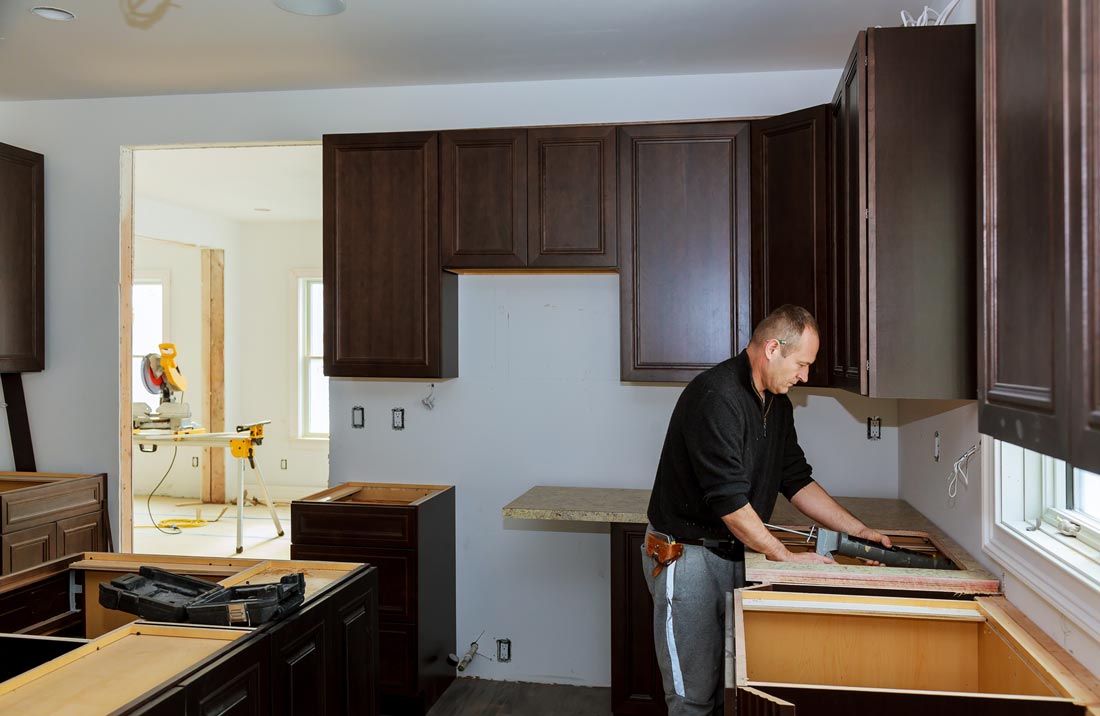Accessibility construction is the practice of making buildings and other public spaces more accessible for people with disabilities. Accessibility construction is important because it allows people with disabilities greater access to places they may not have been able to access before. Without accessibility construction, people with disabilities can be excluded from certain places or feel uncomfortable due to a lack of accommodations.
Physical Accessibility
One of the most important aspects of physical accessibility construction is to ensure that the building has ramps, elevators, and other features that make it easier for people with physical disabilities to enter and leave the building. It also means making sure that doorways, hallways, and other areas are wide enough to accommodate wheelchairs, walkers, and other mobility aids.

Image Source: Google
Communication Accessibility
Another important aspect of accessibility construction is communication accessibility. This includes providing visual and auditory cues to help people with communication disabilities understand what is going on in the building. This can include installing visual fire alarms, providing Braille signage, and offering closed captioning for events or meetings.
Cultural Accessibility
Accessibility construction also includes making sure that the building is culturally accessible. This means providing a welcoming environment for all people, regardless of race, gender, religion, or ability. Cultural accessibility includes providing resources for people from different cultures, such as translation services, multicultural artwork, and culturally appropriate food options.